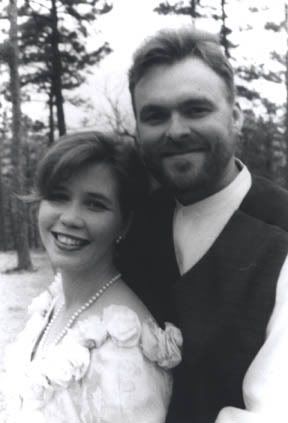
I received as a gift Lasagna Gardening With Herbs by Patricia Lanza. Ordinarily, I would have been too concerned with vegetables and compost to buy a book about herbs, but it turned out to be one of the most enjoyable gardening books I've read. Perhaps the most interesting thing I learned was that there are many edible flowers. My inner chef found that part intriguing.
I have eaten a few flowers. Off the top of my head I can list: battered and fried squash blossoms, borage flowers, and artichokes. But there are some I’ve eaten that I wouldn’t have thought of, namely saffron, capers, and dill. But these make up only the tip of the iceberg.
Flowers are used for flavorings, garnishes, candies, pickles... the list goes on. I'll list just a few ideas that sound good to me, but I highly recommend this book for further reading.
Basil flowers, she claims, are just as flavorful as the leaves (does that mean I can leave trimming the basils off the list of chores?!) Lanza recommends using them in much the same way as you do the leaves, but also mentions something that sounds really tasty, basil flower butter. I can imagine using that on garlic bread along with a nice pasta meal.
Another flower butter that sounds good to me is bee balm butter. Her recipe is 1/2 cup of petals mashed into 1 lb. of softened butter. If you don't already grow bee balm, you should. It's attractive, but better yet, it's attractive to bees!
Apparently, the flowers of peas and beans have flavors resembling what is to come from them. This could be an interesting way to get the same flavor in a prettier package. Lanza suggests using Scarlet Runner Bean flowers on new potatoes.
Imagine the possibilities with the delicate flowers of chives or garlic chives. They'd make a great topping to a salad drizzled with vinegar and oil.
Daylilly flowers are another exciting possibility! I quote the following from page 125: "After a good shaking to dislodge any insects, I wash the flowers, remove the stamens, and fill them with herbed cream cheese. The flowers are crunchy, with a pleasant, subtle flavor." Now doesn't that sound fancy? And who knew the daylillies just outside my front door could be used in the kitchen?
Hibiscus flowers are edible also. What beauties! I learned on the IDigMyGarden forums this summer that okra leaves are edible - okra is a type of hibiscus, so I assume okra flowers are edible. You can bet that I'll be trying them next summer!
Without going into detail, I offer a short list of other flowers that appeal to me for use in the kitchen: chrysanthemums, dianthus, elderberry, hyssop, lavender, mint, nasturtiums, oregano, and to top it off, roses. You have to remove the white part at the base of the rose petals, which is bitter.
It is important to note that not all flowers are edible. Please make  sure they are before you eat them, as some are deadly! Also, it's a good idea to know where they came from and if they were sprayed with chemicals, etc. Me, I'll only be eating the ones I grew myself or found in the deep wild.
sure they are before you eat them, as some are deadly! Also, it's a good idea to know where they came from and if they were sprayed with chemicals, etc. Me, I'll only be eating the ones I grew myself or found in the deep wild.

1 comment:
Hmmm... Interesting views. I enjoyed reading your post. It makes a lot of sense. Anyway, I'm been looking for topics as interesting as this. Looking forward to your next post.
-fern-
Post a Comment